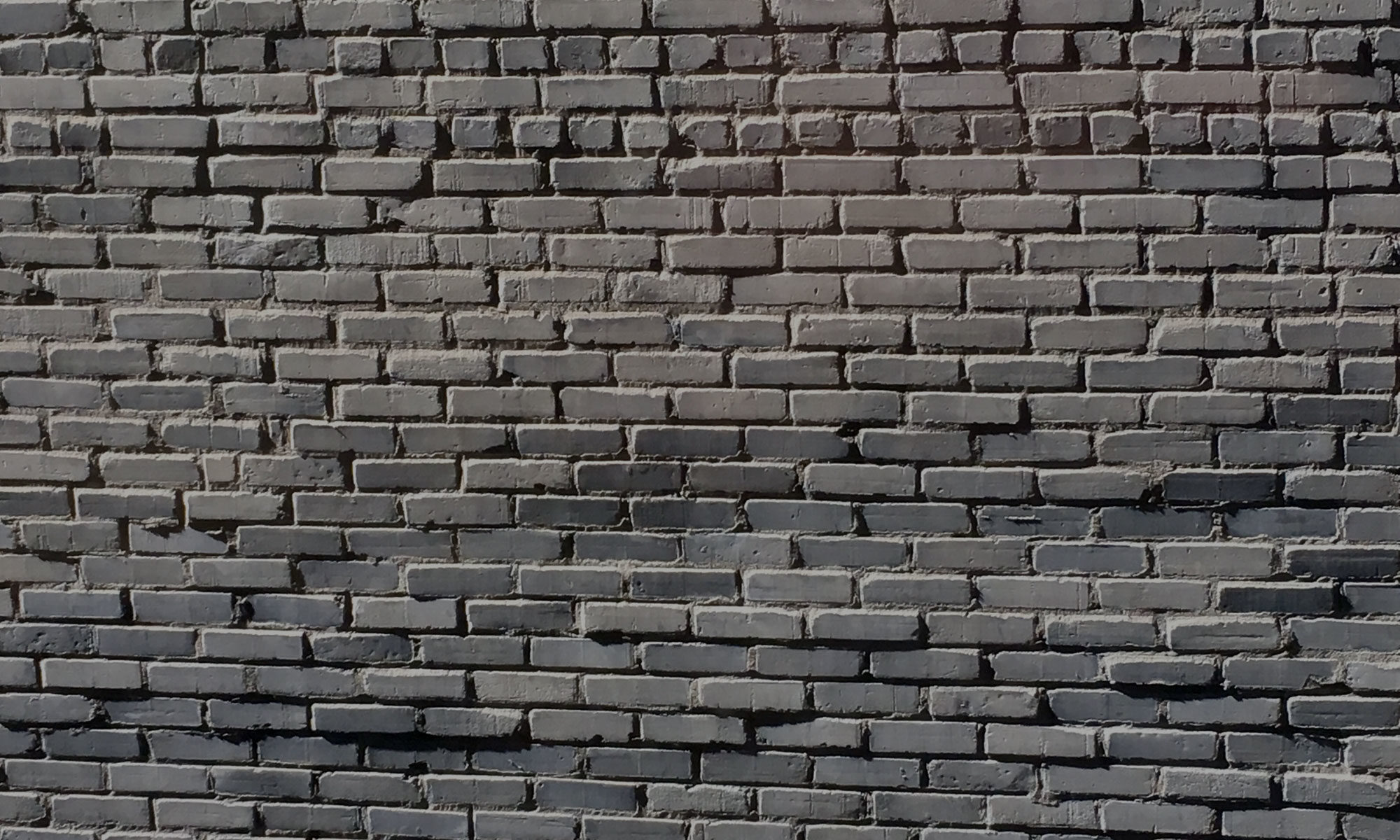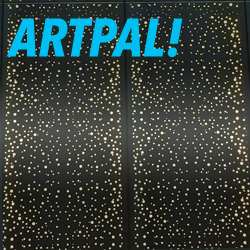We wrap up Season 2 by taking a look at Minneapolis’ most distinctive architectural feature, the network of bridges connecting the buildings of downtown. With each link being different, it’s an accidental experiment of what works and doesn’t work in architecture. Also: news!
FULL EPISODE TEXT.
Hi there! I’m Keith Pille, your art pal.
All right. We’ve made it to the end of another season. I hope you’ve dug hearing about architecture and buildings. We’ve got one last thing I’d like to talk about before putting the season to bed and gritting my teeth to make it through another Minneapolis winter.
And, ironically, that one last thing is something that’s going to help me get through that winter: the downtown skyway system. It’s one of downtown Minneapolis’ signature architectural elements, and it’s kind of controversial, and it’s aesthetically all over the place. So I think that’s worth talking about, even if the visuals are a little tough. Maybe the best way to experience this episode would be to do it while walking the skyways. Or I don’t know, maybe that wouldn’t work. Might be image search time.
Anyway! For people not from around here: the Minneapolis Skyway system is a network of more than 70 bridges between the second floors of buildings in downtown Minneapolis. Not every building is connected, but a lot of them are, and the bridges and their connected eight miles of interior corridors form kind of alternate downtown Minneapolis streetscape, with a lot of businesses, restaurants, and storefronts.
Broadly speaking, each skyway bridge is generally designed by a different person or firm, so their aesthetics vary widely. The system started in 1962, radiating outward from Northstar Center at 6th St. and 2nd Avenue, and just slowly spread. Southdale Mall in Edina had opened not long before, and there was a growing sense that the power of architecture could be used to protect people from weather.
Buildings that were erected after the 60s were generally designed with the skyways in mind; older buildings that have stuck around have often been retrofitted for them, with mixed results. For instance, the Soo Line Building at 501 Marquette Avenue is a gorgeous old early 20th century building–formerly the tallest building in town until the Foshay Tower shouldered it aside–that was absolutely mauled by a skyway plugging into its north side.
A better skyway integration is the one crossing Marquette Avenue into the parking ramp just north of Rand Tower. Rand Tower is a minor Art Deco triumph, and I guess since there’s a strong Egyptian influence on Art Deco, someone thought it would be cool to have the skyway go into a red stone faux-egyptian portal, with birds and ankhs and all kinds of awesomely kitschy stuff in relief. It makes you feel like you’re walking into a star gate or something, at least until you cross through and find yourself in a boring gray tunnel along a parking garage.
In the IDS Center episode, we already talked about how Philip Johnson took his existing Glass House design and turned it into skyways, making some of the best spaces downtown. And those four skyways all plug into IDS’ Crystal Court, which also represents kind of a best-case scenario for how to intentionally design an interior space to work well with passageways coming in from both street level and the second level.
Gaviidae Common, a couple of buildings north of IDS, is another good example of interior space that was designed well to work with the skyways; if you want to do an image search on that, it’s G-A-V-I-I-D-A-E and then “common.” Its skyway connections all converge on a big, open atrium space that extends upward for four floors, with gorgeous metal railings, glass-block floors, and a great skylight up above. It feels elegant as you move through the skyway system, where some other, lesser spaces just feel dingy or jammed in there.
I’ve worked downtown for a long time, and just as a practical matter, I love the skyways. I love being able to get up from my desk and walk just about anywhere I need to downtown, no matter what the weather is; I also love being able to stand in the skyways over Marquette Avenue after work and watch for my bus, rather than having to stand down on the street. I also love the skyways as an aesthetic experience; the fact that they’re so varied, and that some are beautiful and some are heinous makes it endlessly fun to walk the skyway system and look at them and think about what I’m seeing. It also gives you a kind of controlled experiment about what works and what doesn’t when you’re trying to make a space comfortable and attractive. You can see how light matters, and amount of open space, and hiding or revealing structural elements. Any variable you can think of is played with somewhere in one of the Minneapolis skyways.
I know that some people are strongly against the skyways, arguing that they kill street-level commerce and that they replace public space with private. To be honest, I don’t find those arguments super persuasive. I don’t think there’s anything magical about commerce being on street level instead of a floor upwards. I do think the city would be better off if there was standardized signage telling people how and where to get up into the skyway system, but that’s a solvable problem. At any rate, in the months of January and February, I think we gain a lot more than we lose. And I’ll just cattily note here that the most obnoxious public skyway hater, the guy who goes around trying to get people to wear Skyway Avoidance Society Pins, just happens to own a business that’s in a part of downtown that’s not connected to the skyway system. Huh.
Anyway, you should walk around the skyways and make up your own mind. Spend some time in the Crystal Court! Walk the stretch that extends out towards the football stadium and check out the views of the rest of downtown that you can get from down there. It’s a great aesthetic experience, even if the weather sucks.
That’s it for season two of Artpal. Thanks again for listening. If you’ve enjoyed the show, please spread the word to other potential art lovers, haters, or anyone in between. Tell a person or two, and get them hooked. They’ll thank you later! We hope. And if you could go to iTunes or Google Play and leave a rating or a review, that really helps others find the show. Season three will appear later in 2019. We’re not sure yet
what the focus will be, but we have ideas. Check the website or the show’s Twitter account – @artpalpod – for more information as it all comes together. In the meantime, we’ll continue updating our instagram, also artpalpod, and the website itself, artpalpodcast.com. While you’re there, you’ll find a sign-up for our newsletter, it’s finally here! You’ll get updates on the podcast and other cool stuff sent right to your inbox.
Season Two was a collaboration between Keith Pille and Floris Lafontant (the voice you’re hearing), with editorial assistance from Rebecca Collins. All the music in the show is by the Awesome Boys.
Thanks again, and we’ll talk to you again soon.

